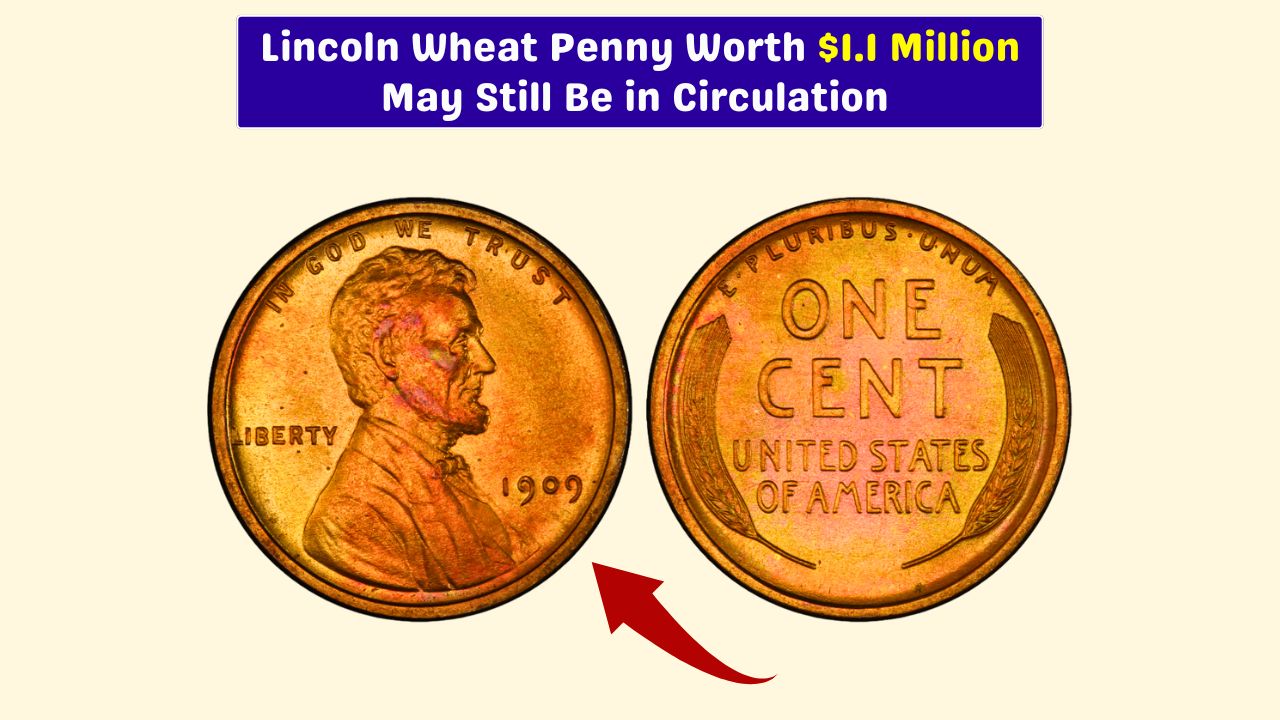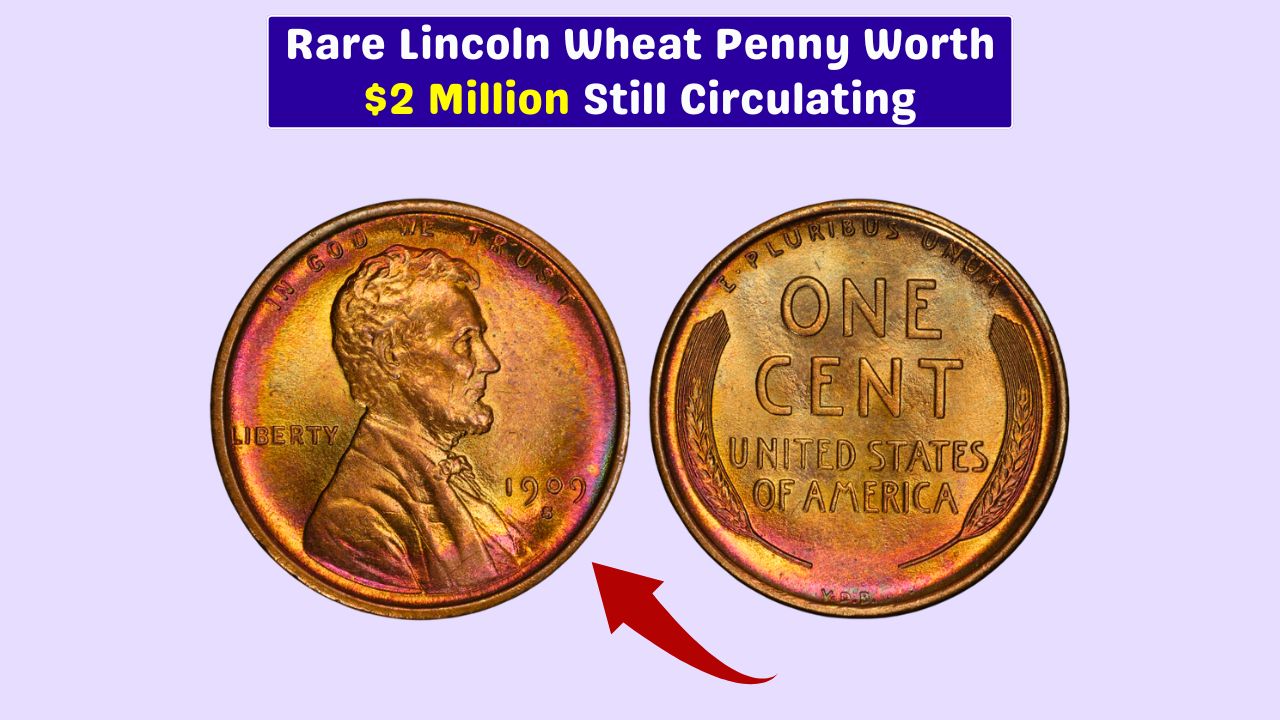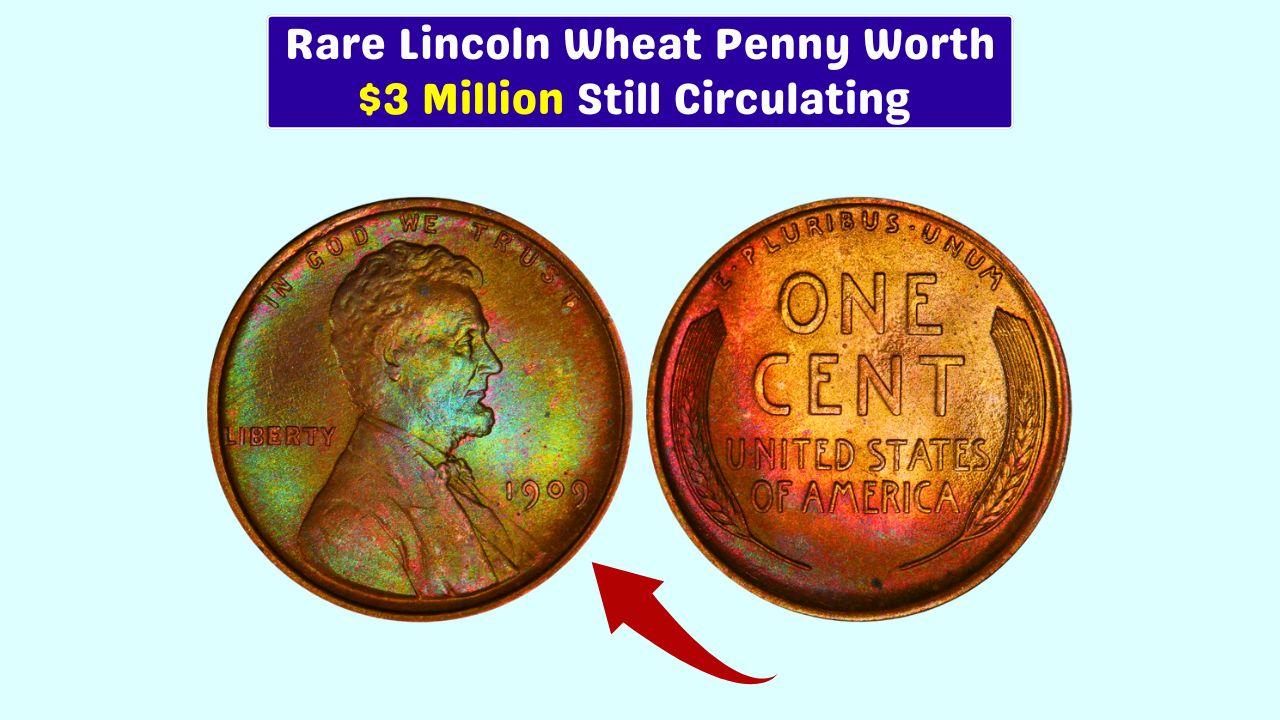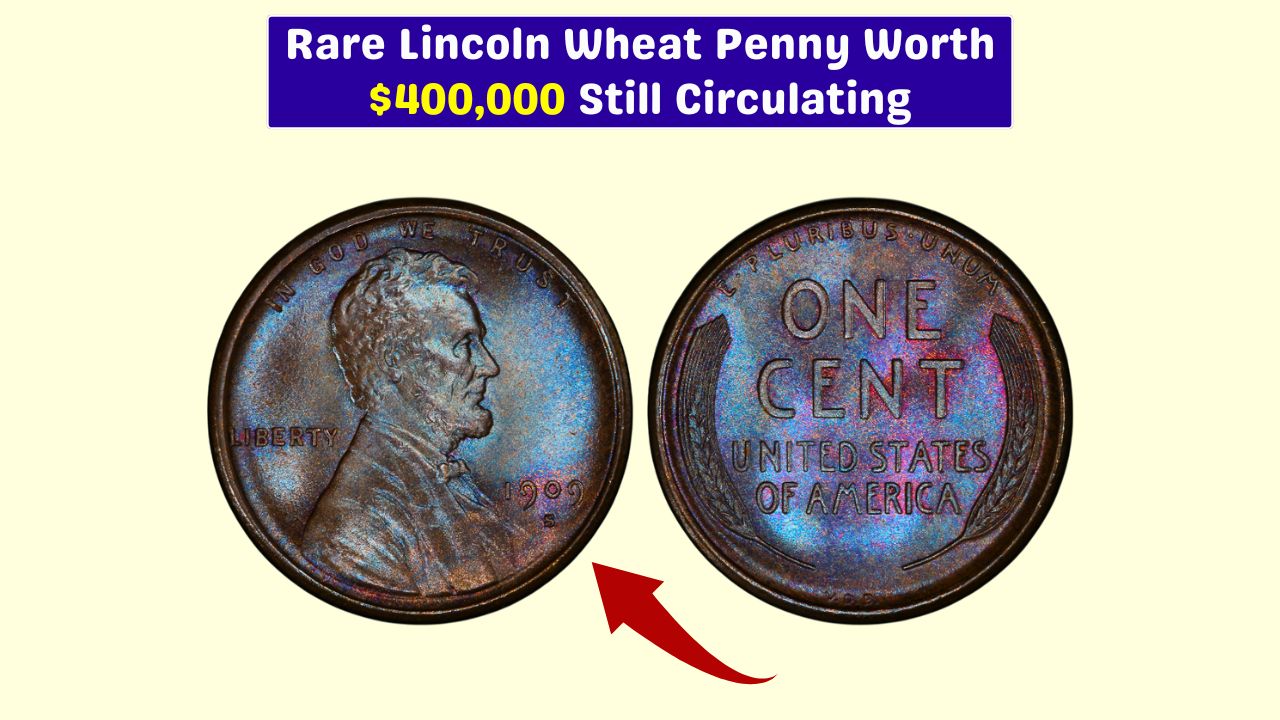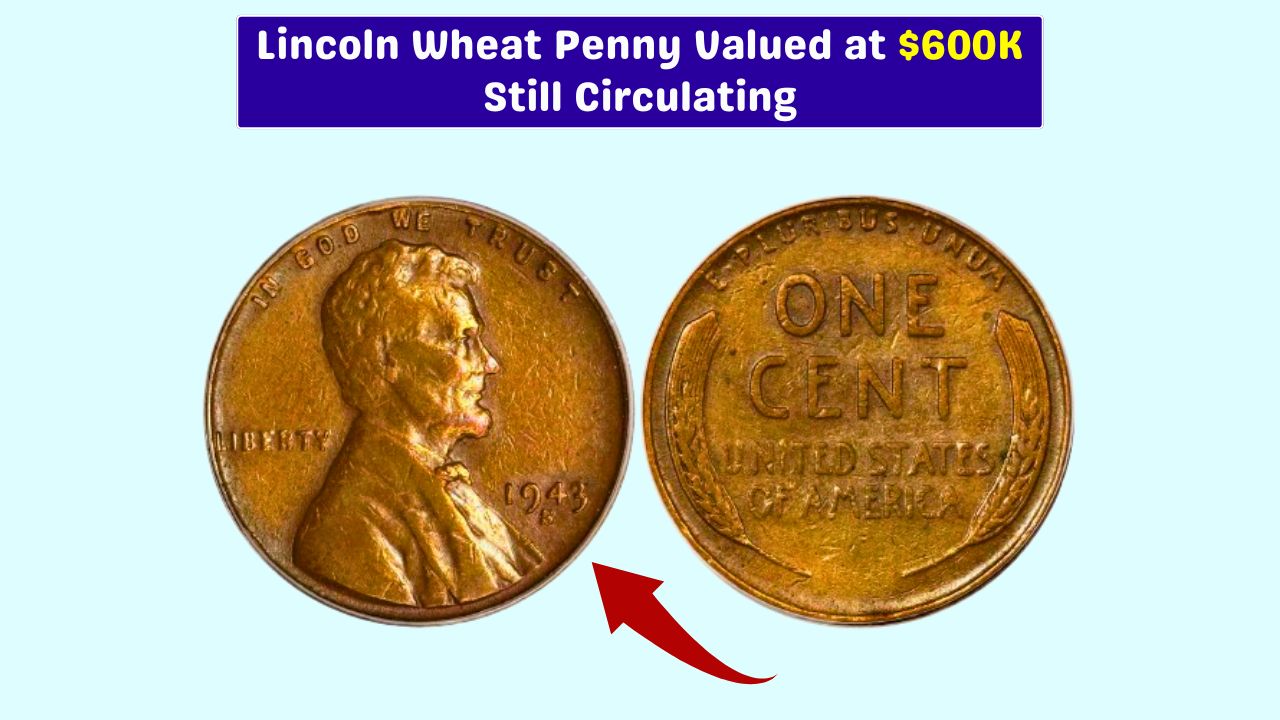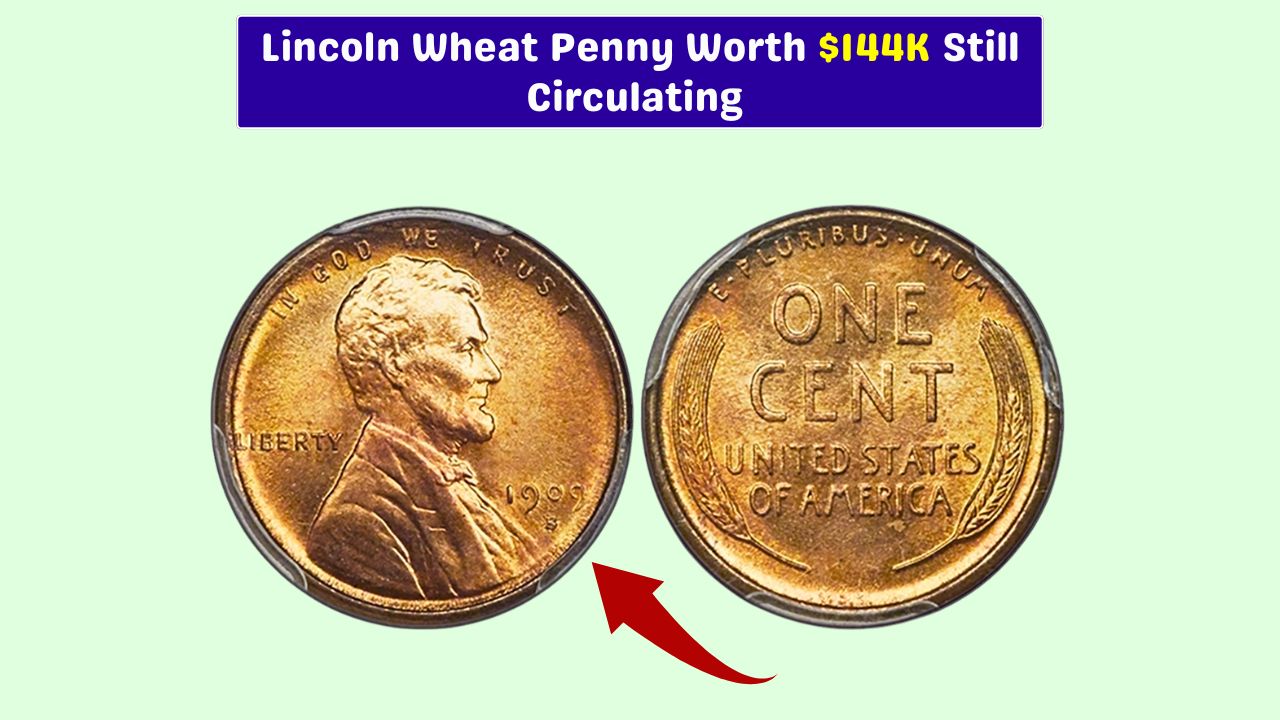The Lincoln Wheat Penny stands as one of the most recognizable coins in U.S. history. Minted from 1909 through 1958, countless numbers were produced—yet, surprisingly, most are only worth their face value today.
But every rule has its exception. A rare version from 1943 recently grabbed attention by selling for an eye-popping $1.1 million. And yes, a few of these elusive coins might still be hiding in plain sight—right in your loose change.
First introduced in 1909 to honor Abraham Lincoln’s 100th birthday, the Wheat Penny was the brainchild of Victor David Brenner. Its front side showcases Lincoln’s profile, while the back features two sheaves of wheat—hence the familiar nickname.
These pennies became a staple in everyday life for nearly five decades until the U.S. Mint rolled out the Lincoln Memorial reverse in 1959. Yet, the original Wheat Pennies still hold a special place in collectors’ hearts—both for their nostalgia and their potential windfall.
Jackpot
While the average Wheat Penny won’t net you more than a few cents, a select few are worth a small fortune, thanks to unusual minting quirks. Chief among them is the 1943 copper Wheat Penny—a coin that was never supposed to exist.
During World War II, copper was critically needed for wartime supplies like ammunition. To help the war effort, the Mint shifted to using zinc-coated steel for pennies that year. But in a rare twist of fate, a few leftover copper blanks found their way into production. These accidental stragglers became the stuff of legend.
Today, only a handful are confirmed to exist. One of these went on to fetch $1.1 million at auction, cementing its status as one of the priciest pennies ever to cross the block.
| Year | Material Used | Estimated Value |
|---|---|---|
| 1943 | Steel & Zinc (common) | 5 to 50 cents |
| 1943 | Copper (error) | Up to $1.1 million |
Circulation
And here’s the wild part—some of these rare copper 1943 pennies might still be floating around. Slipped into jars, passed over counters, or quietly rattling in piggy banks, they’re often overlooked because they blend in so easily.
Experts think only a few dozen were ever minted, and even fewer are still around today. That means every 1943 penny you find could be worth a second look.
Here’s a quick tip: grab a magnet. If the penny sticks, it’s the steel version—common and not worth much. But if it doesn’t stick, there’s a chance it’s the rare copper kind. Always have it examined by a professional, as fakes do exist and verification is key.
Value
This tale underscores why so many people find coin collecting endlessly captivating. While most coins are, frankly, nothing special, the rare outliers—like the 1943 copper Wheat Penny—show just how valuable a small oversight at the Mint can become.
Moments like these are what collectors live for. The thrill of stumbling upon something extraordinary in an ordinary place keeps the spirit of numismatics alive and well.
Hobby
Coin collecting isn’t just a hobby—it’s a window into the past and, sometimes, a ticket to unexpected fortune. Whether you’re combing through bank rolls or double-checking the change in your pocket, you never know when history—and a bit of good luck—will pay off.
The 1943 copper Wheat Penny reminds us that even the smallest piece of currency can hold a world of value. With a few still possibly out there, your next big finding might just be hiding at the bottom of your coin jar.
FAQs
Why is the 1943 penny valuable?
It was mistakenly made from copper instead of steel.
How much is the rare 1943 penny worth?
One sold for $1.1 million at auction.
How can I tell if I have one?
Use a magnet—copper ones won’t stick. Check the date.
Are these pennies still in circulation?
Yes, a few are believed to still be out there.
Where can I sell a rare penny?
Consult a coin dealer or auction house for valuation.
